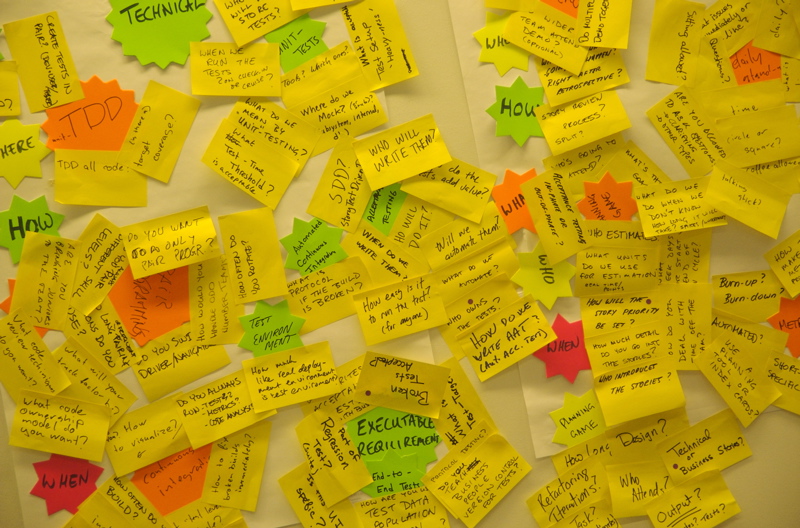Back in 2007, one Friday afternoon, my manager called me in to his office, just as I was about to call it a week. He had just returned from a certification course that he was participating for a week. He wanted my team to embrace Scrum and run the pilot in our team. Initially, I did put up a strong resistance to this. But my manager articulated the agile principles in detail and why we should embrace agile. It was almost a gist of the certification course that he had attended.
Finally, I was convinced that Agile was the way to go. We decided to implement the pilot for 3 months but agreed that unless we see improvements, we would not continue with it. The pilot went very well and we continued implementing agile in other teams as well. An effective agile induction from my manager and subsequent year of rigorous agile implementation set up such a great foundation for me for the coming years, that I went on to build some of the wonderful agile teams in my career, including multi-site agile with the teams in France.
If I look back, and think about the one thing, that made me truly believe in agile and implement successfully in various teams, whilst manoeuvring the complex realities that existed was the strong faith and understanding of the Agile principles I had developed during that 2007 pilot, thanks to my then manager.
At regular intervals, the team reflects on how
to become more effective, then tunes and adjusts
its behavior accordingly.
– Agile Priniciple
Incidentally, last Saturday, as part of my Executive MBA Agile curriculum, our facilitator, Prof Aslam Hirani, introduced us to a wonderful exercise, which further reinforced my belief. The exercise was very simple; each team had to map the keywords in the Agile Principles to the agile practices that we follow. This ensured that every practice we follow is mapped to an agile principle and everyone in the team appreciates the rationale.
For example, one of the agile principles says, “Our highest priority is to satisfy the customer through early and continuous delivery of valuable software”. Here if we choose valuable software as a keyword, this maps to the agile practice of having an Ordered Backlog. Similarly, if we choose the keyword, early and continuous delivery this can be mapped to the agile practice of delivering working software in short, time boxed sprints.
This exercise helps us identify the “why” for every practice we adopt or intend to adopt. Every agile team must do this exercise once and incrementally whenever new people join the team or new practices are introduced. Any practice or ritual without the understanding of the principle behind it is nothing but blind faith. This helps the team appreciate and implement agile practices more effectively.
I strongly believe that every agile team should try this exercise at least once. A team that can articulate and rationalize why they follow a certain practice and how it is aligned to the agile principles will naturally be empowered to make tweaks to their processes to become more efficient and inherently agile. Do share your thoughts on this.
Reference: Agile Principles
Image Courtesy: Improve It
Views expressed in this post are personal and does not necessarily reflect the views of my employer.
